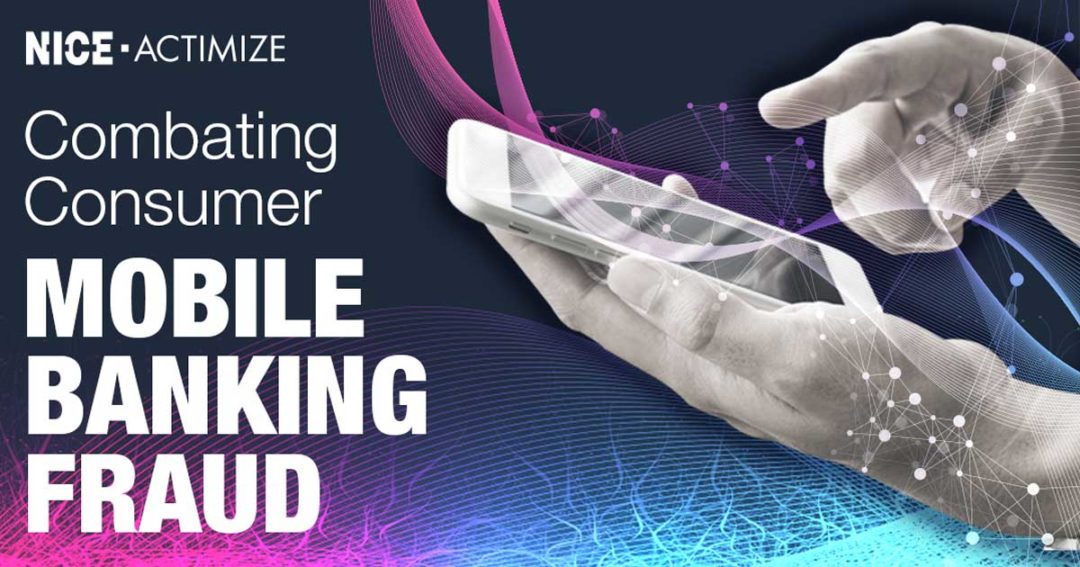
The first line of fraud defense
Credit unions can prove to members that their apps are the safest way to make payments.
Today, you would be hard-pressed to find an average consumer who doesn’t conduct banking through digital channels. Mobile banking is quickly becoming the preferred method due to ease and convenience.
With the ease of mobile banking and the integration of payment channels such as Zelle, Same Day ACH, and even debit cards, payments are as close to real time as they’ve ever been. However, this new ease and convenience of operating payment channels has also made it easier for fraudsters to scam their way into illegal funds and receive these funds faster than ever before.
With members being the weakest links in terms of fraud risk, preventing and minimizing risk should be the most important priority for all parties involved.
Who’s responsible for protecting members from fraud?
According to a recent study by Javelin Strategy & Research, the top payment providers tend to resolve fraud concerns at a higher rate than financial institutions. When scammed, consumers tend to turn to these corporations first instead of their financial institutions—not because of the ability to “make the customer whole again” but because the public inclination is to resolve issues through the platform where they occur.
Even if the fraud occurred within a digital wallet outside of an credit union’s umbrella, the credit union misses an opportunity to place itself back at the center of digital banking trust on the payments side.
With mobile banking apps, credit unions can finally insert themselves back into the conversation and prove to members that operating within their apps is the safest and most secure way to make payments. Through frictionless banking, credit unions allow consumers to authenticate payments to the point at which they feel completely secure, even during risky transactions where there are a lot of funds being moved.
Additionally, when members use mobile banking apps, credit union fraud teams have more experience and knowledge about resolving scams.
For example, if a fraud tactic is flagged on a mobile banking app, a fraud team will be able to identify similar patterns to prevent future members from being victimized by the same tactic.
Third-party vendors in the same situation don’t have that equal level of experience to lean on for preventing future attacks. On top of that, vendors like Zelle are unable to dispute or reverse transactions. Once they are processed, the results are final.
Digital payments are adopted at an accelerating rate across all industries. Now that the average member is used to the ease and convenience of digital payments, they won’t revert to “traditional” methods anytime soon. Fraudsters are already discovering new methods to scam vulnerable members via digital payment channels. It’s up to credit unions to provide resolution and prevent and minimize fraud risk at every stage.
Learn more about protecting your customers from mobile payment fraud.
